T-Mobile ONE Phone Plan Global Coverage Review
Please note that we have no connection to T-mobile nor were we asked to write this review. We are just very appreciative of this service and found it so helpful, that we wanted to share it with other travelers. That being said, T-mobile, please contact us….we’d love to talk with you. It’s a free call. 🙂
Updated: March 2019
Using the T-Mobile ONE Choice Plan Abroad
I can’t tell you how many times the T-Mobile ONE plan with global coverage has saved Michelle and I while abroad.
You know how indispensable your smart phone is in your daily life, so why wouldn’t you want to use it abroad? But of course, many don’t due to the incredibly high cost of international plans and the huge hassle to get it all set up. With T-Mobile, we’ve had a different experience.
In the 4 years, we’ve traveled to over 23 different countries on four continents and have had coverage through T-Mobile in all. We didn’t have to purchase a special plan, unlock a phone, or use a foreign sim card.
There is no set up, no setting changes that need to be made, and the best part is that with the ONE plan, global coverage is included with our regular, monthly service. No additional cost.* With 210+ countries that offer unlimited 2G data, free text messaging to US numbers, and free calling over WiFi, it’s kind of a no brainer for frequent world travelers.
*If you want higher data speeds and calling to the US off of WiFi, you can purchase add-ons to your plan.

Checking e-mail underground in the French countryside
What Can You Do With This Plan?
Now imagine how helpful your smartphone can be when you are traveling in a foreign country, specifically one where you don’t know the language very well. But it’s more than that. Here are the things we’ve found super helpful when using our smartphone while traveling:
- Using Whatsapp to text with Airbnb hosts
- Hailing a rideshare like Uber/Grab/Lyft
- Using Google Maps to find a destination and get the directions to that destination
- Using Google Maps to plan our route using public transit, bike paths, and walking routes
- Using Google Maps to get off at the correct stop on public transit when we don’t speak the language
- Using Trip Advisor or Yelp to find a restaurant or reviews about a popular attraction
- Texting or emailing people back in the US
- Calling US companies, friends, and family using WiFi calling
- Looking up words from a menu or translating a sign
How Does it Work?
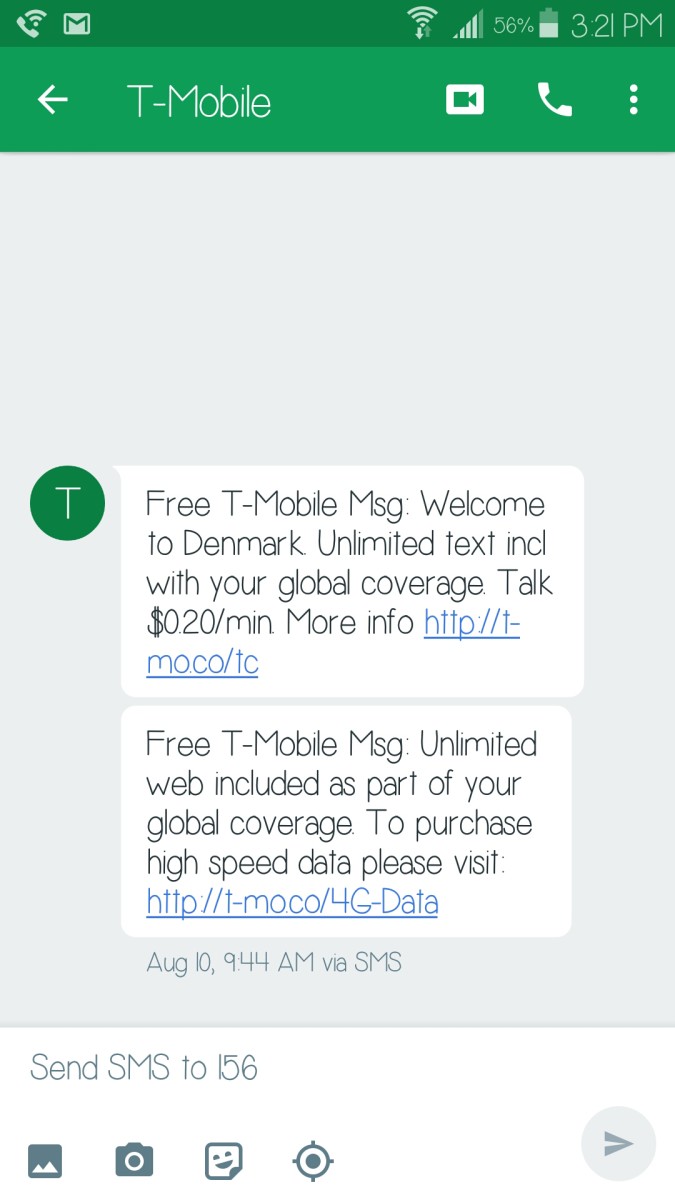
T-Mobile has partnered with cellular providers all over the world to give its customers this ability as part of a regular contract. Speak to your T-Mobile representative to get the ONE plan (or whatever new plans they have next) – that has global coverage. Once you confirm that you get global coverage, here’s what you do:
- Prior to traveling, go to the coverage page and find out if the country you are traveling to has an agreement with T-Mobile.
- Once you land, turn off airplane mode and allow your phone to search and connect to the local network on its own. No settings need to be changed. (Bonus tip: for a faster search/connection, reset your phone. You don’t have to do this, but I’ve found that it connects faster this way).
- Wait for two messages from T-Mobile that let you know you’re connected. You might receive an additional message to offer you a faster data speed (4G LTE) if you want to pay extra for it.
- You’re connected! Check your email, check Facebook, send a text message, etc.
That’s it. No extra equipment to purchase. No special SIM or change of settings.
What To Be Aware Of:
- Phone calls to foreign numbers (even though you are connected to a local network) are not free. They tend to be about 20 cents per minute, but check the rates before you call, just in case. Texts to foreign numbers appear to be free.
- If you make a call home without wifi, you’ll be paying international rates. Voicemails cost as well (you can get around this with a Google Voice number which allows you to check messages online).
- The data speed is relatively slow, especially if you are used to 4G LTE. Be patient. It’s working. Just remember that, at one point, 2G was so fast.
- Data coverage varies by country. You can actually see the coverage and access areas using this page. As you might expect, even countries that are covered may have spotty service.
- If you are going to make phone calls over WiFi, make sure you have the correct settings and indicator on your phone that lets you know your call is indeed going over WiFi. This could be a potentially costly error.

Final Thoughts: SIM cards, Google Fi, Phone Plans
Now you might be asking yourself — couldn’t I just get a SIM card whenever I travel to a new country. Wouldn’t it offer higher speeds than 2G? Yes, definitely. We do this ourselves. However, being connected as soon as we arrive to a new country without needing to do anything is pretty awesome. It has helped in so many situations and helps us get to that point where we can purchase a SIM card from a local cellular provider if we wanted.
The real question is “do I need a phone plan at all?” These days it’s pretty easy to get connected to the internet and it will only continue to improve. It’s a fair question and it comes down to your own needs. If you’re constantly on the go, live or travel in rural areas, WiFi might be hard to find and so being connected to a cellular network is crucial to get connected to the internet.
What if you live outside of the US most of the year? In that situation it’s probably more important to have a great, newer smartphone, apps like Whatsapp, and a Google Voice number that’s not tied to any cellular network. You can do almost anything with this setup. You’d probably save a bunch of money because you wouldn’t need a US cell phone plan. Buying SIM cards in different countries and purchasing cellular data is usually less expensive than in the states (varies from country to country).
Need a good hybrid solution if you’re someone that travels to and from the US but doesn’t want to get charged for unused data? Consider Google Fi. You only pay for the data you use and you get the same international travel benefit that T-Mobile users get (actually faster speeds at 4G).
As with most travel gear, you’ll want to find the setup that works best for your needs. So far we’ve been extremely satisfied with T-Mobile and the ONE plan. What is your setup? What works for you? What setup would be perfect for you? Let us know in the comments.

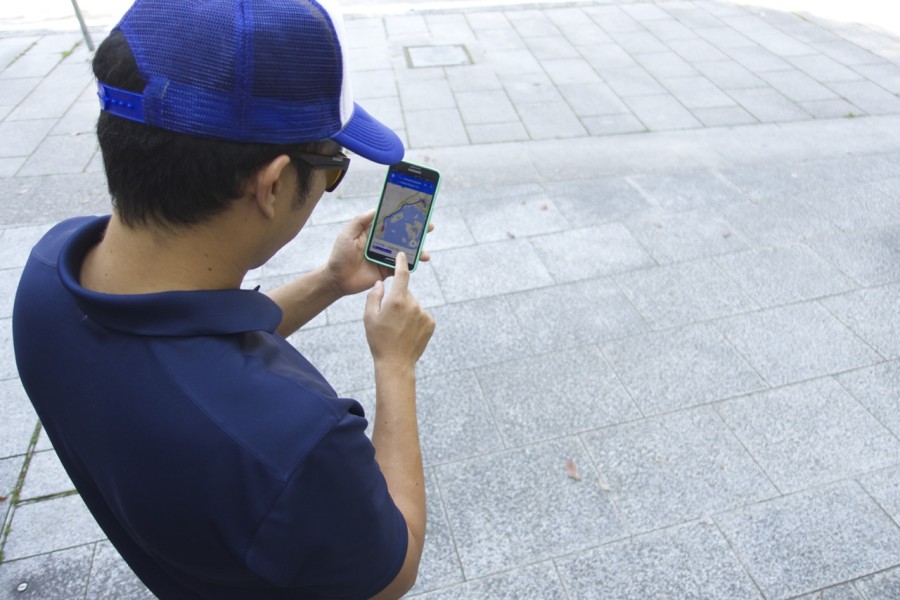

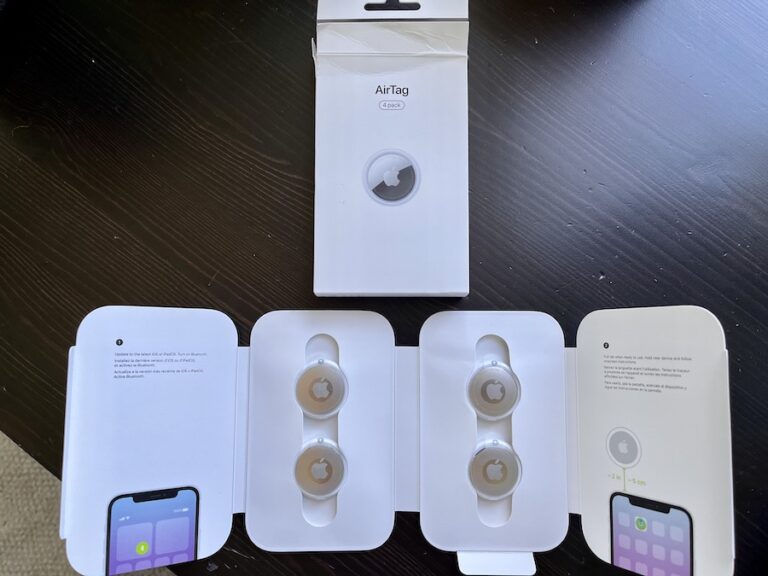


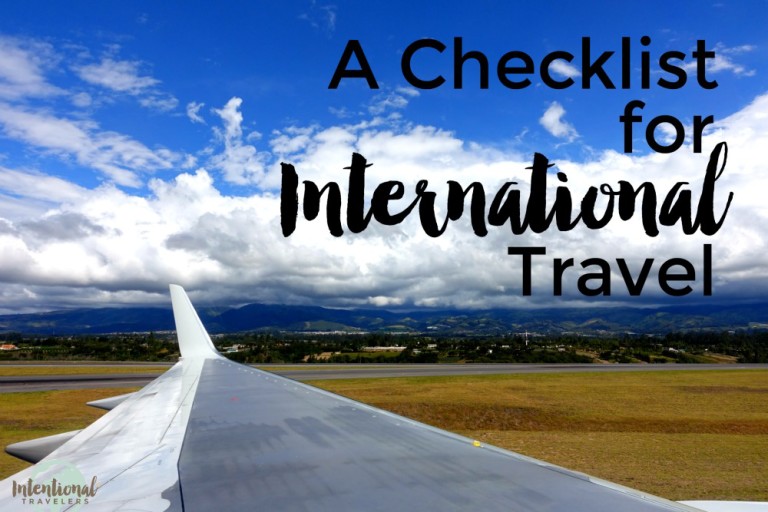
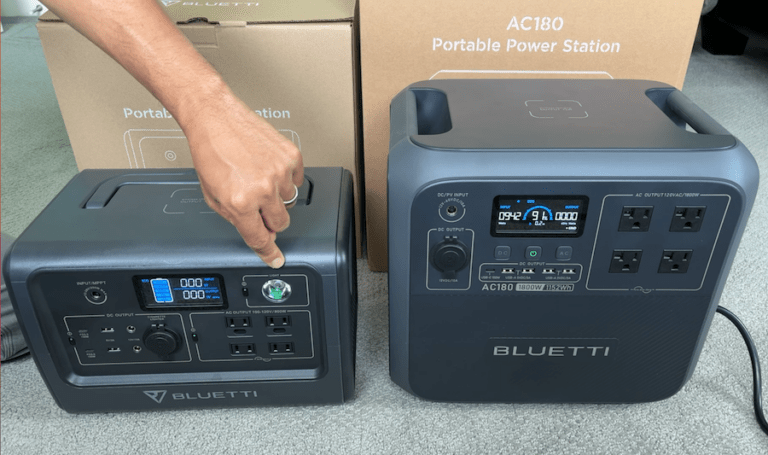
T-mobile charged us $3 a minute for wifi calls when we were in Norway in June. Supposedly our Mobile One plan international calls should cost 25 cents per minute. We were not told there would be different rates for wifi and regular plan international calls. We are extremely disappointed in T-Mobile.
We’re sorry to hear that. It is important to make sure you’re making calls on wifi, and note that the plan applies to calls back to the States, not to international numbers.
I’ve been with T-Mobile for 10 years. If they have coverage in your area, they’re great. UMA calling is also great if you’re like me and visit a lot of places where no one has a good cell signal, but you can get Wi-Fi. (I ski a lot).
They’ve always been worlds ahead in terms of friendliness to messing around with phones + generally being cheaper than the other big carriers.
On the other hand, again, if you don’t have coverage in your area or the places you spend a lot of time in, it wouldn’t really make sense.
It’s true. The #1 reason whether or not to go with a phone company should always be based on their coverage in your home area (or the area you are most likely to use your phone). 3 years ago I don’t know if we would have recommended T-mobile purely off of their international coverage. Their domestic service keeps getting better and better thankfully.
Great tip! I had no idea this kind of plan existed! thanks for this!